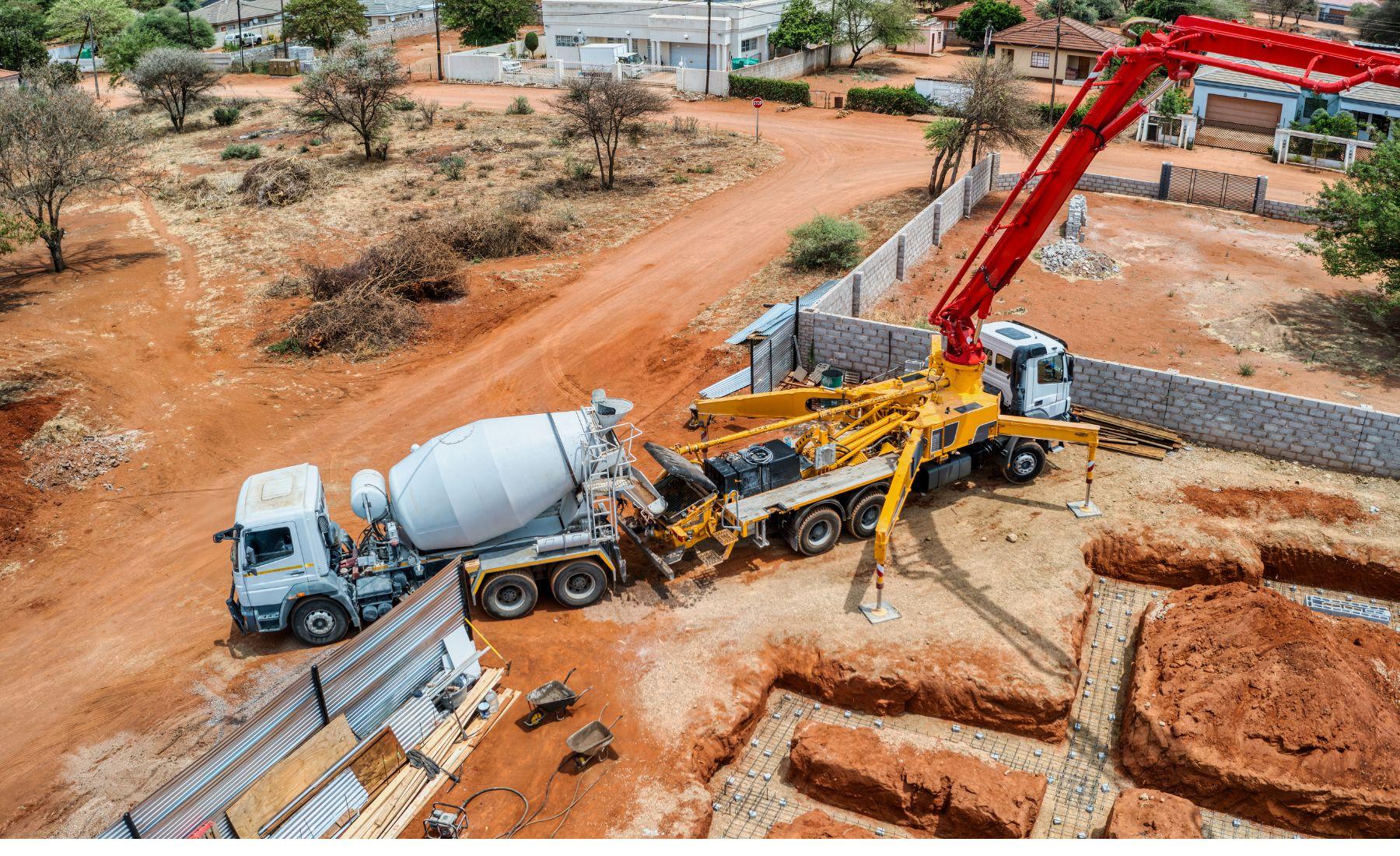The Power Behind Precision: Unlocking the Potential of Concrete Pumps

In the ever-evolving world of construction, where speed, precision, and efficiency are paramount, one tool has revolutionized the way concrete is poured and placed — the concrete pump. This mechanical marvel has redefined what’s possible in both large-scale infrastructure projects and small residential builds. Whether it's reaching high-rise structures or navigating tight urban alleys, concrete pumps are the unsung heroes that turn blueprints into buildings.
What is a Concrete Pump?
At its core, a concrete pump is a machine used to transfer freshly mixed concrete to the desired location with high accuracy and minimal manual labor. Traditionally, concrete had to be transported using wheelbarrows and buckets — a laborious and time-consuming task. Concrete pumps have eliminated the inefficiencies of manual transportation and brought unmatched control to concrete placement.
Two primary types dominate the construction landscape: boom pumps and line pumps. Boom pumps use a robotic arm to precisely deliver concrete across vast distances and heights, ideal for high-rise or hard-to-reach locations. Line pumps, on the other hand, use flexible hoses and are perfect for smaller, horizontal jobs like sidewalks, swimming pools, and residential floors.
Why Concrete Pumps Are Game-Changers in Construction
Imagine building a skyscraper without having to hoist buckets of wet concrete floor by floor. That’s the kind of magic concrete pumps bring to the site. Speed is one of the standout advantages — a job that used to take hours can now be completed in minutes. More importantly, pumps allow for continuous pouring, which ensures a smooth finish without the formation of cold joints that weaken the structure.
Efficiency goes hand in hand with precision. Concrete pumps reduce material wastage and offer pinpoint placement, meaning less clean-up and better results. Moreover, they minimize human error, reduce labor costs, and allow work to continue in challenging conditions — even when weather or terrain would typically hinder manual efforts.
Accessing the Unreachable: Pumps as Problem Solvers
Construction sites often present logistical nightmares: narrow alleyways, uneven terrain, or vertical obstacles. Concrete pumps solve all these challenges with elegance. The boom pump, in particular, is an engineering wonder. With arms extending up to 65 meters or more, they can arch over buildings and barriers to place concrete with incredible accuracy. It's like having a giant helping hand on the site, ready to deliver the perfect pour every time.
For underground work or interiors where boom access is limited, line pumps shine. These compact yet powerful machines can snake through basements, tunnels, and small doorways, delivering concrete right where it's needed.
Safety Meets Innovation
The construction industry isn’t just about strength — it’s also about safety. Concrete pumps reduce the number of workers exposed to heavy lifting and hazardous materials. Modern pumps come with advanced controls and sensors that ensure stable operation, reducing the risk of accidents.
With the rise of automation and smart tech integration, many pumps now offer remote controls, real-time performance monitoring, and diagnostic features. This not only boosts safety but also enhances productivity by minimizing downtime.
A Green Footprint in the Grey World
One lesser-known benefit of concrete pumps is their environmental impact. By ensuring precise placement and reducing waste, they contribute to more sustainable construction practices. Fewer trips back and forth with wheelbarrows or mixers mean less energy use and reduced emissions. Plus, pumps help optimize mix usage, meaning every ounce of concrete goes exactly where it’s supposed to — no more, no less.
Beyond Construction: Versatility in Action
While their primary home is on construction sites, concrete pumps have found use in more niche applications too. Think of disaster relief, where they are deployed to quickly build shelters or infrastructure. They’re also increasingly used in mining, dam construction, and industrial flooring, where precision and reach are crucial.
- Art
- Causes
- Crafts
- Dance
- Drinks
- Film
- Fitness
- Food
- Games
- Gardening
- Health
- Home
- Literature
- Music
- Networking
- Other
- Party
- Religion
- Shopping
- Sports
- Theater
- Wellness


